A flawless foundation can hide a multitude of sins and bring out your skin’s natural radiance. However, applying it wrong or using the wrong products can make skin appear dull and even older. Here are 13 foundation blunders to avoid for a smoother, more youthful appearance.
1. Not Applying Moisturizer Before Base

One of the biggest mistakes is applying foundation on dry, unmoisturized skin. Without hydration, foundation sits unevenly and can emphasize dry patches, leaving skin looking dull and textured. Always start with a moisturizer to create a smooth, hydrated base that keeps foundation looking fresh and youthful throughout the day.
2. Applying a Shade Too Light or Dark
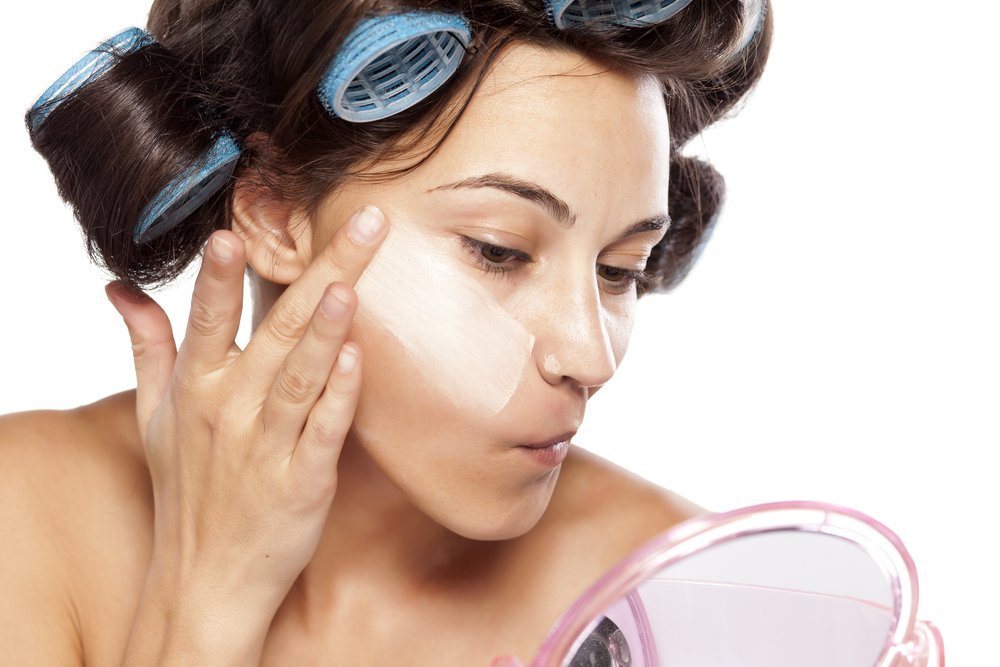
Foundation that doesn’t match your skin tone can drain the color from your face or create an unnatural, mask-like effect. When the shade is too light, it can make you look washed out, while too dark can highlight fine lines and shadows. Test shades on your jawline in natural light to find your perfect match for a seamless, flattering finish.
3. Over-applying Your Base
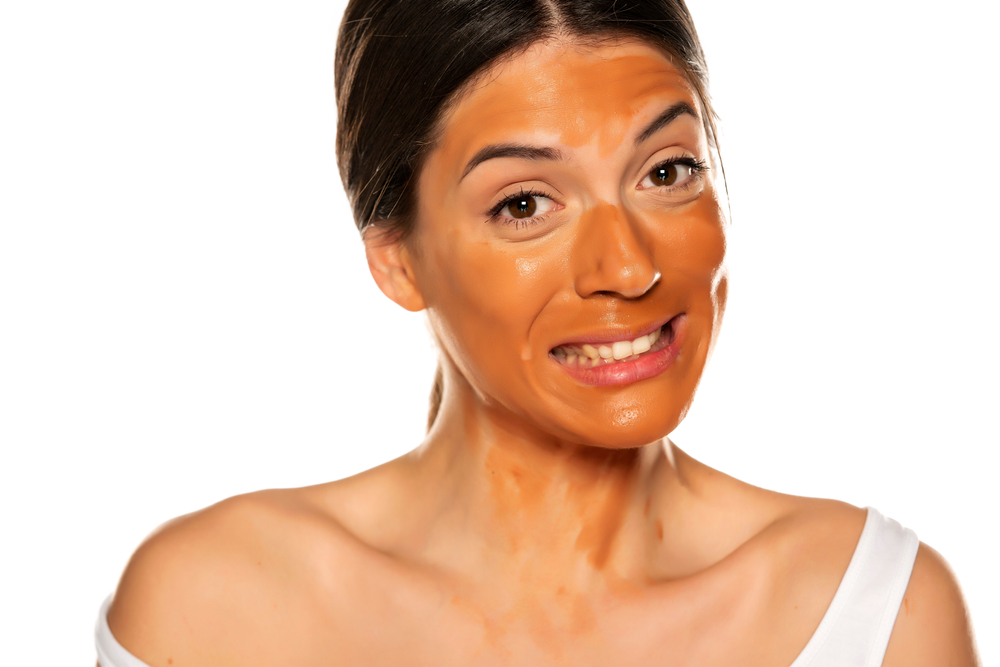
Over-applying foundation can leave your skin looking cakey and older than it is. A thick foundation layer tends to settle into fine lines and pores, drawing attention to imperfections. Instead, start with a small amount and build coverage only where needed. This keeps the finish light and natural, allowing your skin’s texture to shine through.
4. Not Priming Mature Skin

Primer helps create a smooth canvas, filling in fine lines and blurring pores for a more youthful look. Skipping this step, especially on mature skin, can make foundation appear uneven and highlight signs of aging. Choose a primer with a hydrating or blurring effect to enhance the foundation’s performance, ensuring it lasts longer and looks smoother.
5. Using a Base with the Wrong Undertone
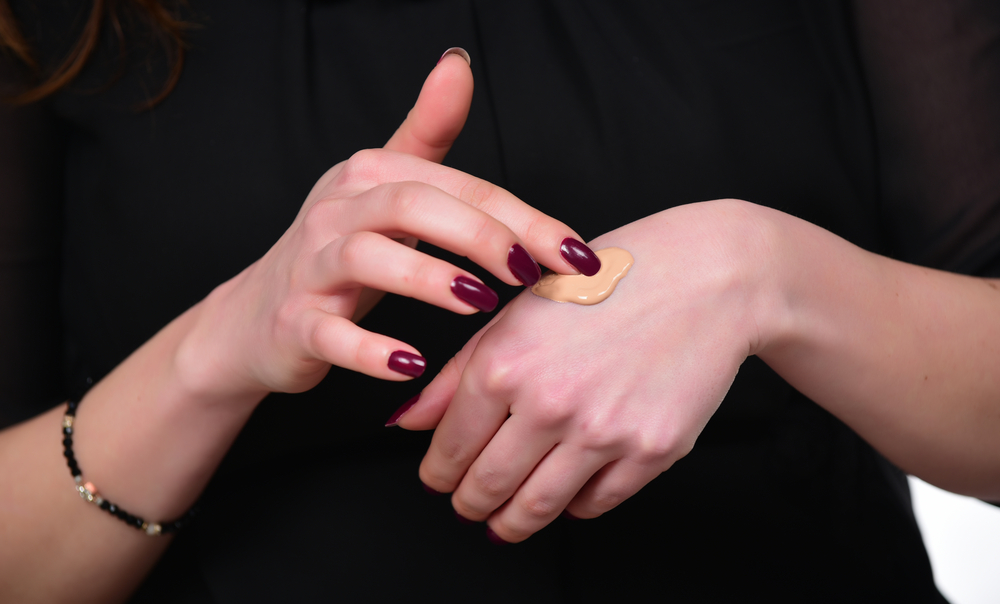
Choosing foundation without considering your undertones (cool, warm, or neutral) can lead to a mismatched appearance that makes skin look tired. A foundation that clashes with your undertone may make your skin appear dull or ashy. Select a foundation that complements your natural undertone for a healthy, radiant look that matches your unique coloring.
6. Not Blending Properly
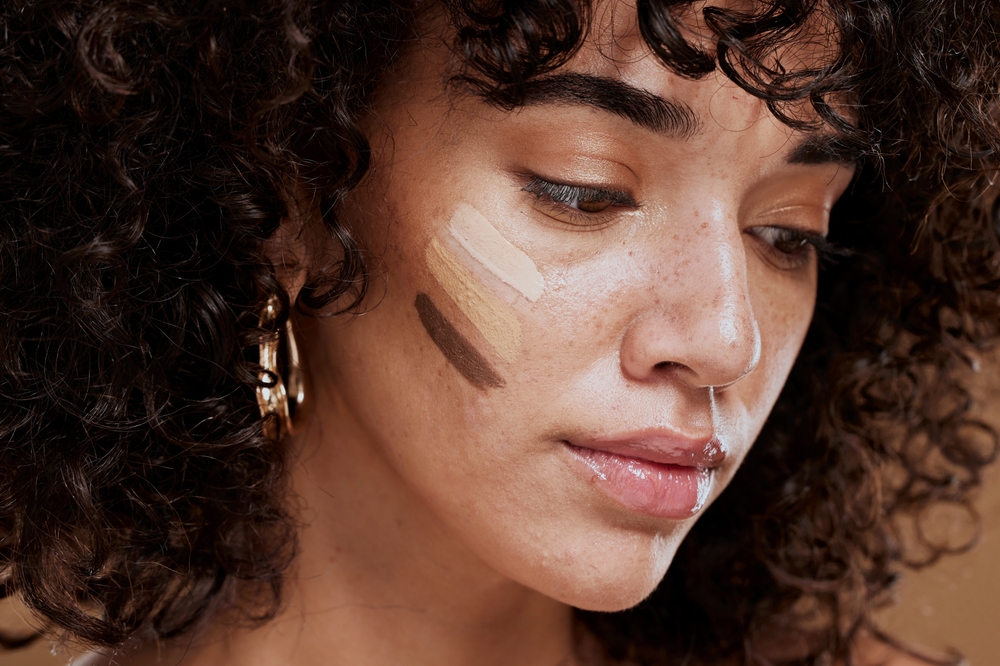
Foundation applied in dots or streaks without blending can leave your skin looking patchy and unpolished. Using a brush, sponge, or fingertips, blend the foundation in circular motions to achieve an even, natural finish. Blending is key to ensuring foundation doesn’t sit on the skin’s surface, which can emphasize texture and create a dull appearance.
7. Setting with Too Much Powder
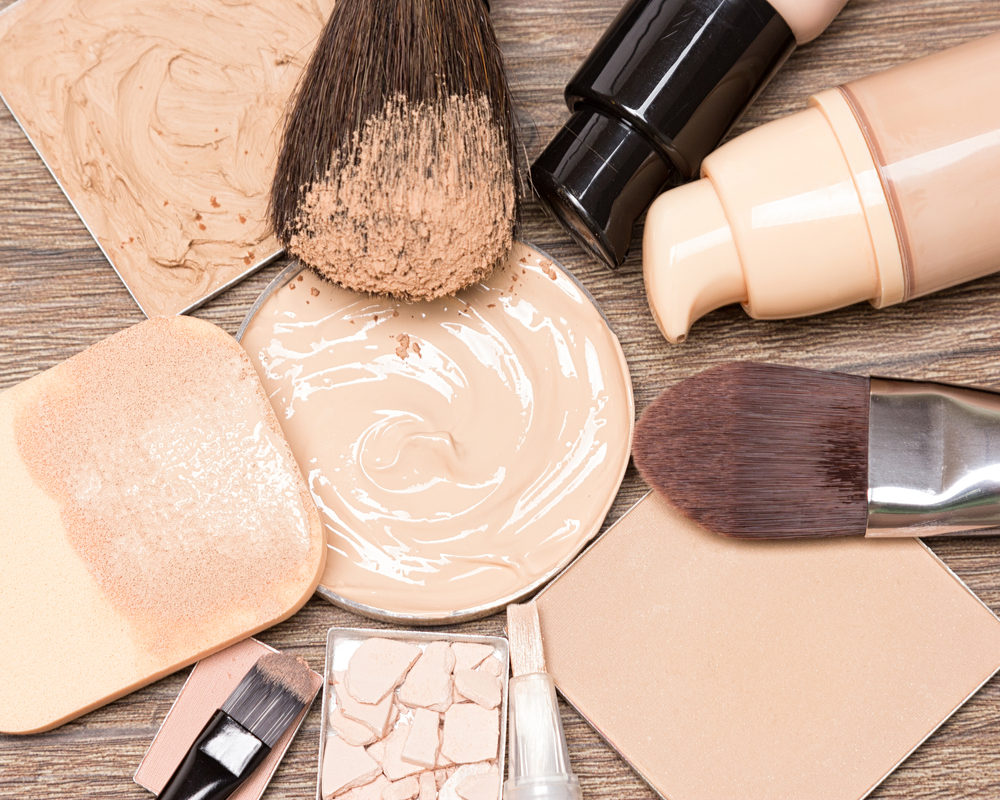
Powder is useful for setting foundation, but using too much can have a dulling effect. Excess powder can settle into lines, giving skin a dry, flat look. Instead, use a light dusting of translucent powder only on areas that tend to get oily, like the T-zone, to keep the skin fresh and dewy without over-mattifying.
8. Not Having a Good Skincare Routine
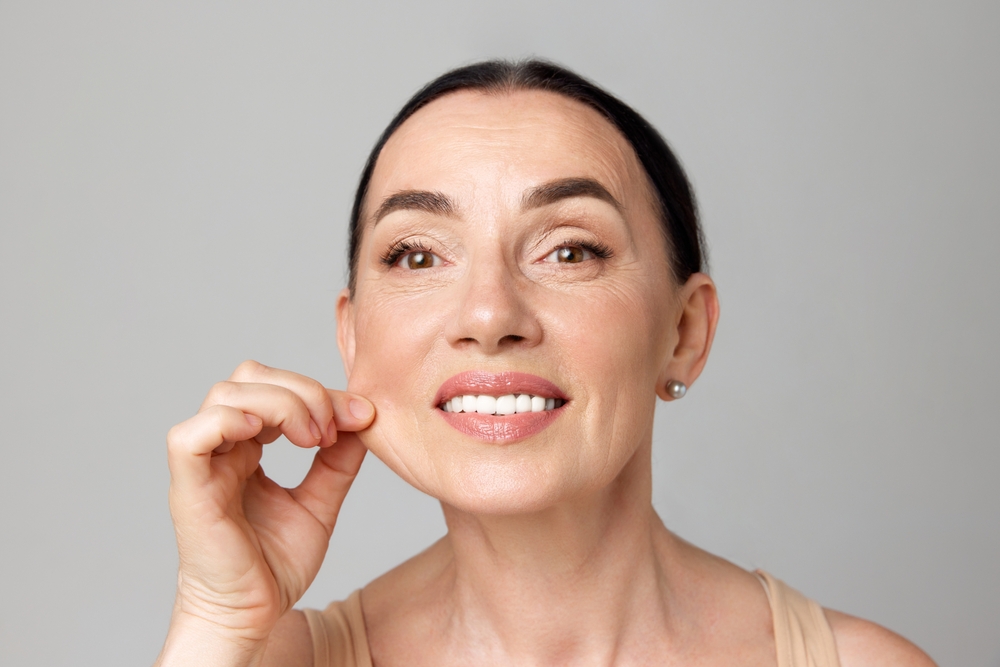
Foundation can only look as good as the skin beneath it. Neglecting skincare steps like cleansing, exfoliating, and moisturizing can leave your skin looking textured and uneven. Regular exfoliation and hydration allow foundation to glide on more smoothly, enhancing your skin’s natural glow and keeping it looking youthful and radiant.
9. Applying Foundation with Fingers Only
 provided by Shutterstock
provided by Shutterstock
While fingers can warm up the product, it often leads to uneven application and a streaky finish. Foundation brushes and sponges provide a more even application, helping to blend the product seamlessly into the skin. For a flawless look, apply with a brush or sponge and use your fingers to gently tap areas that need extra blending.
10. Using Matte Formulas on Dry or Mature Skin

Matte foundations can look flat and highlight dryness on mature or dry skin. This type of finish tends to settle into lines and can make the skin look dull. Opt for dewy or hydrating foundations that provide a soft, radiant glow to keep your skin looking plump, fresh, and more youthful without the heavy matte effect.
11. Skipping Concealer on Dark Spots and Under-Eye Circles
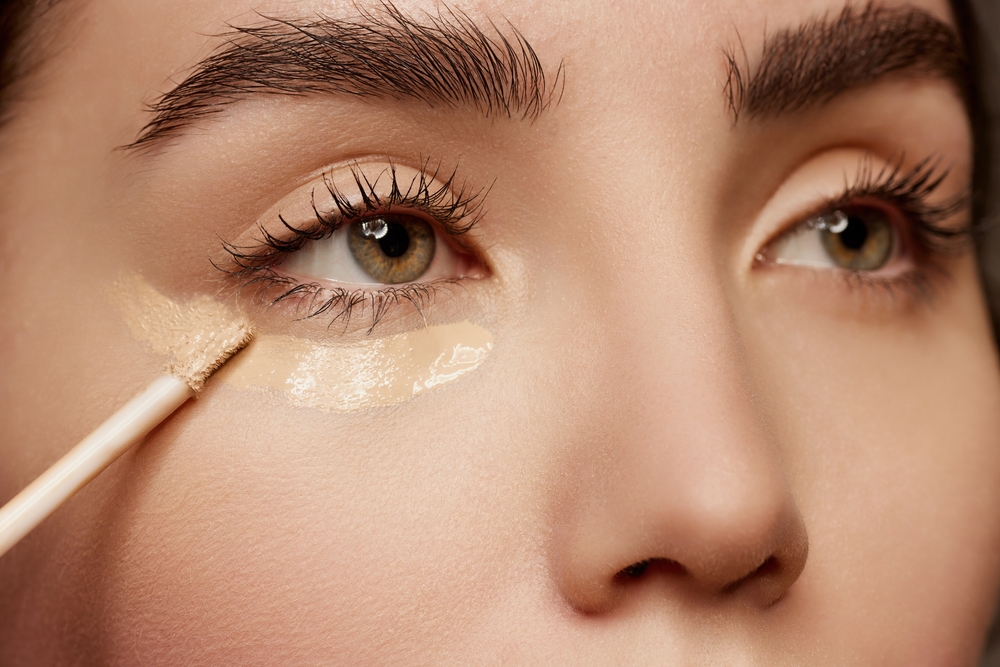
Using foundation alone to cover dark spots or under-eye circles can lead to a heavy, uneven finish. Concealer provides targeted coverage, allowing you to use less foundation overall. Applying a lightweight concealer only where needed creates a more even-toned base without overloading the skin with product.
12. Not Allowing Your Foundation to Set Properly
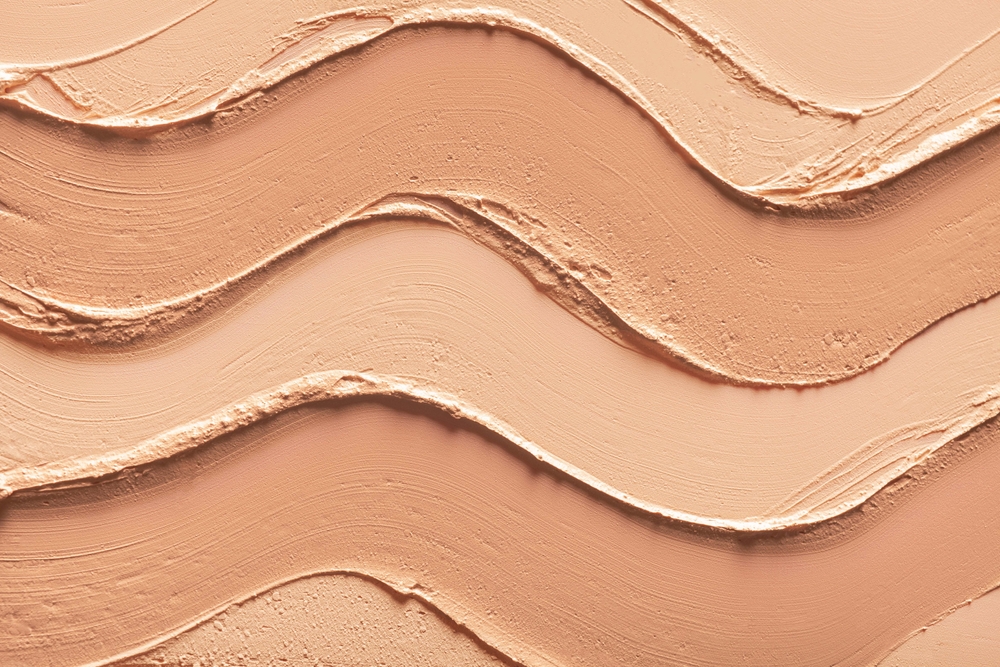
Rushing through your routine without allowing foundation to settle can lead to smudging and uneven wear. Let your foundation set for a few minutes before adding other products like powder or blush. This waiting period helps it adhere to the skin, creating a longer-lasting, smoother finish that keeps skin looking fresh all day.
13. Applying Foundation in Poor Lighting
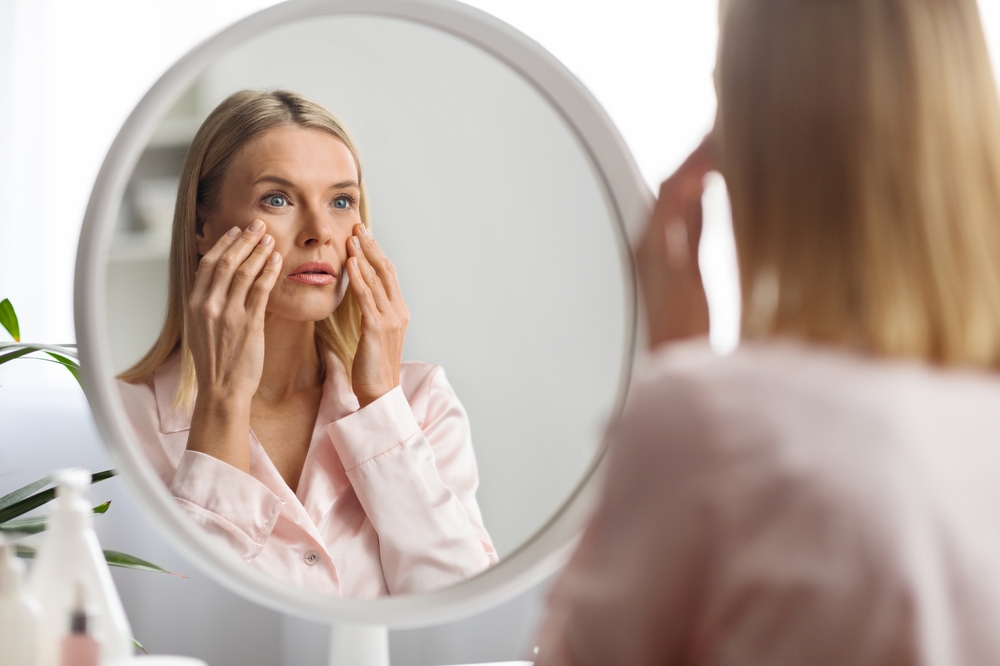
Applying foundation in low or artificial light can cause you to misjudge the color and coverage, leading to a patchy, uneven look once you’re in natural light. Always apply foundation in well-lit areas, preferably near natural light, to ensure an even application that complements your skin tone and keeps your complexion looking bright and natural.




